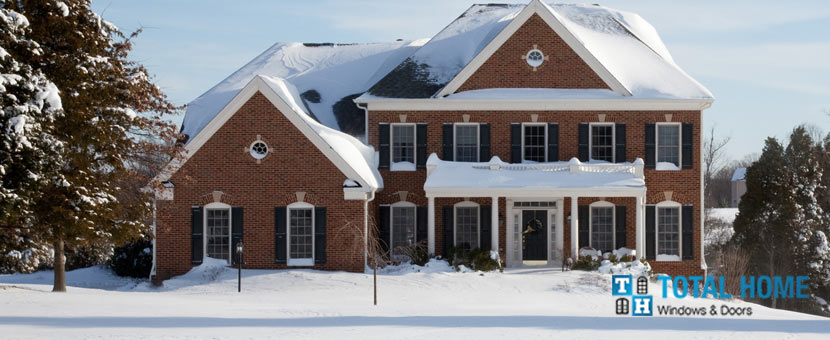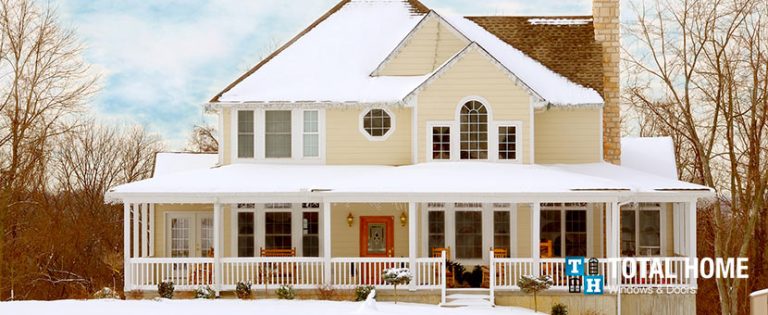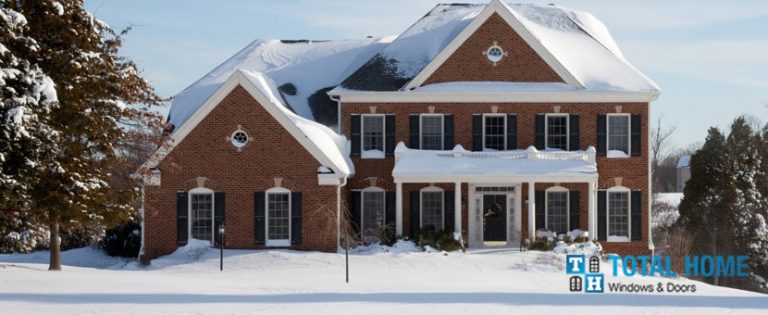What Causes Frozen Window?
Now that cooler temperatures have arrived, and with winter just around the corner, homeowners may start to experience frozen windows. While one might think that some frost on their windows is ideal for the holiday season, it can actually lead to potential problems if not resolved in time. Excessive frost and ice inside your windows could be a warning sign that it is time to replace them. Energy-efficient Oakville windows and doors can greatly improve your home’s comfort level during the cold winter months. Window frost is quite prevalent during colder temperatures. It is common to experience frost on the outside of your windows during a snowstorm or when temperatures are extremely low. However, frost on the inside of your windows can be a sign that it is time for new windows. Excessive ice on the inside of your windows can lead to mold growth as well as damage to the window unit and the surrounding structure. Window ice is formed from condensation, or humidity, during extremely cold temperatures. Frost is a serious issue when it forms on the inside of your windows or between the window panes. Mold and mildew are not only hard to get rid of, but they can also cause a variety of health issues. These include but are not limited to brain fog, fatigue, asthma, wheezing, and other respiratory and breathing issues.How to unfreeze window
- Place rolled-up towels in the window. This will help absorb any extra moisture on the unit. Replace the towels regularly and wash them to keep them from getting moldy.
- Use a dehumidifier in rooms with high levels of moisture, such as basements, bathrooms, and kitchens.
- Keep any firewood outside your home, as this will help lower the air’s moisture.
- Air drying your clothes creates humidity in the air. Avoid this if possible.
- Contain all plant life in one room, and do not water your plants excessively.
- Inspect your plumbing as well as any gas appliances for leaks. Carry out any repairs straight away to prevent water vapors from leaking into the air, which can lead to mold growth and ice on windows.










